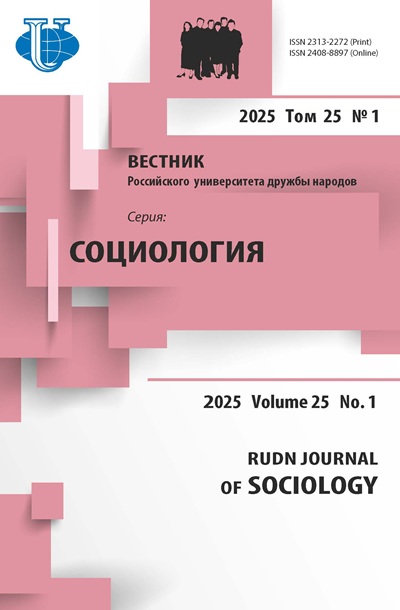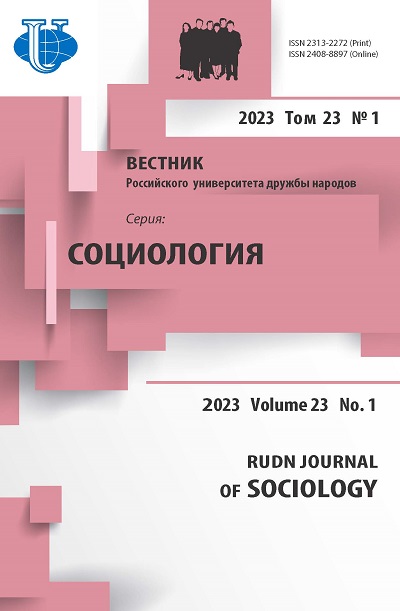Abstract
In sociology of religion, there are few works on the quantitative analysis of the reactions of the main social institutions to the phenomenon of religiosity. Social representations and illusions about non-traditional religiosity are formed within the boundaries of many unrelated and uncoordinated reactions of representatives of each institution. The logic of choosing the object of reactions among the existing religious organizations reflects both the specifics of the social institution and external influences, i.e., the social context. The article aims at identifying the institutional specifics of the reactions of traditional religions to non-traditional religiosity based on the analysis of the perception of new religious movements by the Orthodox and Catholic churches in the Republic of Belarus in 1992-2020. The content analysis was used to analyze 715 books, articles in the media, leaflets, proceeding of conferences and other publications of churches on new religions. The author argues that 407 groups were identified, and their configuration reflects the selective attention of traditional confessions to new religions; presents their distribution according to the structural and content characteristics, recursiveness and frequency of mentions, the status of authors in the hierarchy of churches, the influence of foreign articles reprinted in the Belarusian media. The author identifies the institutional specifics of the perception of new religions by religious organizations as criticism from the standpoint of their own dogma; moreover, the features of the past and contemporary life of Christian churches make them primarily respond to the intra-church sectarianism, Christian and pseudoChristian groups, then to neo-paganism and groups of magic, divination and healing, Satanism and occult-mystical groups. The article mentions external and internal factors determining the churches’ perception of new religious organizations in a non-typical form, and the range of variability of the antisectarian discourse of the Orthodox and Catholic churches.














